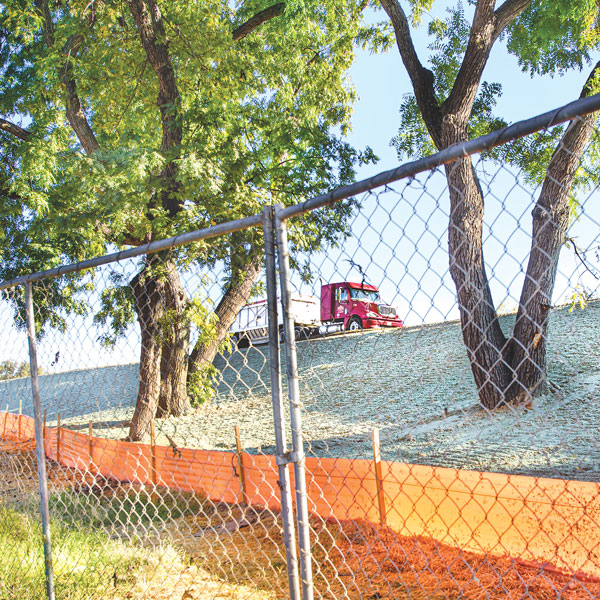Like many people in Pocket, Little Pocket and Greenhaven, Cassandra Fong is eager to see public access finally come to the Sacramento River Parkway. When she learned Army Corps of Engineers contractors plan to tear down private levee fences that block public access to the parkway, she said, “Hallelujah.”
But Fong wasn’t completely ready to celebrate. She knows the fences have been an eyesore and insult to public accessibility for almost 50 years. And she knows the handful of property owners who control the fences may not accept the fact that the river parkway is finally open.

“Perhaps we need to set up a committee or group of people who will continue to ‘police’ the area so that these same people don’t start building new privately owned encroachments,” she wrote to me.
I was thinking about Fong’s comments as I scanned through emails that arrived recently from several riverfront property owners. One email was stupendously obscene, filled with language my mother would never allow. It made me laugh because the bitter words carried the aura of capitulation. The writer knew the fence game was over.
Another email came from Don Murphy, who over the years has emerged as a front man for riverfront property owners who want to block the levee and keep the public out. Murphy doesn’t own any levee gates or fences—state authorities refused to give him a permit—but he still believes the levee is private property.
This is an old, discredited argument used by some property owners to justify their gates and fences. In reality, the state owns and controls the levees, thanks to easements dating back a century or more, long before subdivisions and homes were built near the river.
Murphy is a nice guy. I don’t blame him for trying to claim the riverfront and levee as his private chunk of paradise. Wealthy people in Malibu, Santa Barbara and Half Moon Bay have made similar arguments about the Pacific Ocean. But public access prevails.
Which brings us back to the question of what happens when Army Corps contractors tear down the fences. Once the fences are gone, property owners won’t be allowed to simply replace them. If they do, they’ll break the law.
Each of the nine fences requires a permit from the state’s Central Valley Flood Protection Board. As the fences come down, the old permits are revoked. That’s the law. As Murphy learned, the state won’t issue new residential gate permits to block the levee parkway in Sacramento. That’s state policy.
Of course, policy sometimes collides with reality. Each of the nine fences at some point abused their permits. Some were built too high. Others were too long and encroached on public lands. Some used forbidden materials, such as barbed wire. Others were moved and built in the wrong places. Most permits weren’t updated when owners sold or died, as required by law.
Clearly, some property owners can’t be trusted to follow the rules. And the state—shorthanded and spread thin—can’t be trusted to enforce the law.
So when the fences come down, the community must be vigilant about reporting illegal encroachments. City and state authorities will have to be ready to act if riverfront property owners sneak out and build illegal fences.
Eventually, the city plans to pave the levee top, allowing people to ride bikes or walk from Freeport to Folsom without dodging cars on city streets. The trail was promised a half-century ago.
There’s still work ahead. The massive levee repairs underway from Downtown to Pocket will take three more years. And when the work is finished and the parkway is open, there will still be the need for vigilance. Cassandra Fong can shout “Hallelujah,” but she better keep her guard up.
R.E. Graswich can be reached at regraswich@icloud.com. Follow us on Facebook, Twitter and Instagram: @insidesacramento.
















